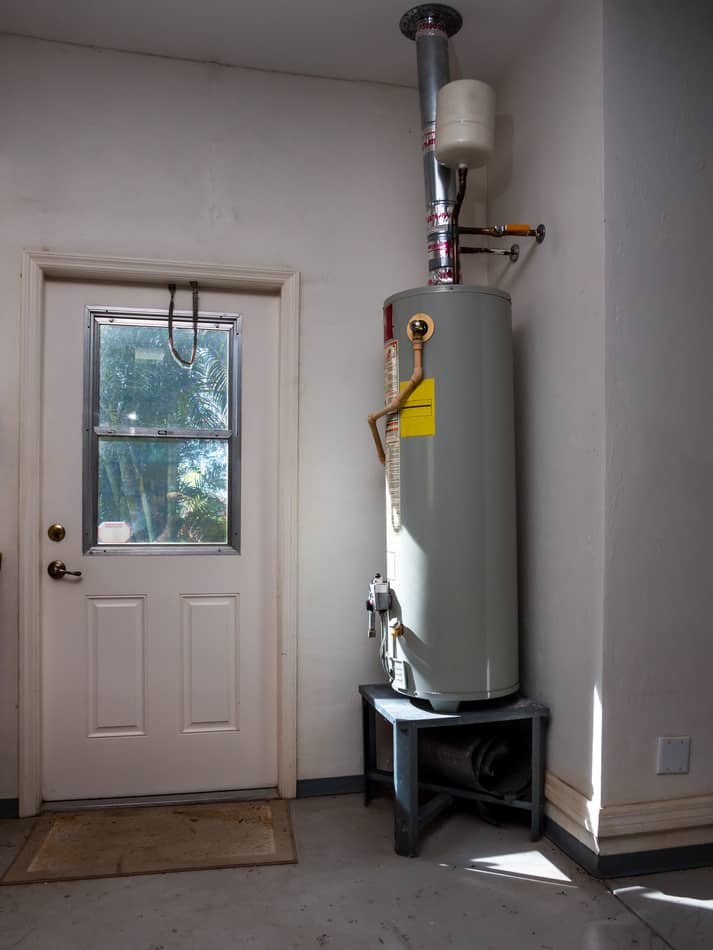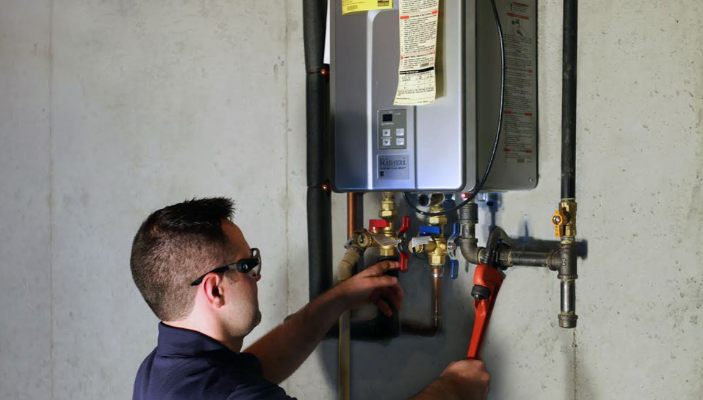Simple Steps to Maintaining Your Home's Hot Water SystemWays to Maintain Your Home's Hot Water System Functioning Well
Simple Steps to Maintaining Your Home's Hot Water SystemWays to Maintain Your Home's Hot Water System Functioning Well
Blog Article
Any individual has got their own unique conception about How to Maintain Your Water Heater & Prolong its Life.

Hot water is essential for everyday comfort, whether it's for a revitalizing shower or cleaning dishes. To guarantee your warm water system runs efficiently and lasts longer, routine upkeep is key. This short article gives sensible tips and insights on just how to maintain your home's warm water system to avoid disruptions and pricey repair work.
Intro
Maintaining your home's warm water system could seem difficult, however with a couple of easy actions, you can guarantee it operates efficiently for several years to come. This overview covers every little thing from understanding your hot water system to do it yourself upkeep pointers and knowing when to employ professional assistance.
Significance of Keeping Your Warm Water System
Regular maintenance not just expands the lifespan of your hot water system yet additionally ensures it runs successfully. Neglecting upkeep can bring about decreased efficiency, higher power expenses, and also early failure of the system.
Signs Your Warm Water System Requirements Maintenance
Recognizing when your hot water system requires focus can avoid significant issues. Keep an eye out for indications such as irregular water temperature, unusual noises from the heating system, or rusty water.
Flushing the Water Heater
Flushing your hot water heater removes sediment buildup, enhancing performance and lengthening its life.
Monitoring and Changing Anode Rods
Anode poles protect against corrosion inside the storage tank. Checking and changing them when worn out is vital.
Facility Concerns Requiring Expert Assistance
Instances consist of major leaks, electrical issues, or if your water heater is constantly underperforming.
Routine Expert Upkeep Perks
Specialist upkeep can consist of detailed inspections, tune-ups, and making sure compliance with security requirements.
Checking and Changing Temperature Setups
Changing the temperature settings makes certain ideal efficiency and security.
Do It Yourself Tips for Maintenance
You can do numerous upkeep tasks on your own to maintain your warm water system in top problem.
Looking for Leaks
On a regular basis evaluate pipelines and connections for leaks, as these can lead to water damages and greater expenses.
Understanding Your Warm Water System
Before diving into maintenance jobs, it's helpful to understand the basic parts of your warm water system. Typically, this consists of the hot water heater itself, pipes, anode rods, and temperature controls.
Regular Monthly Upkeep Tasks
Routine regular monthly checks can help capture minor issues before they rise.
Examining Stress Alleviation Valves
Evaluating the pressure relief valve ensures it functions appropriately and stops excessive stress build-up.
Protecting Pipes
Insulating warm water pipelines decreases heat loss and can save power.
When to Call an Expert
While DIY maintenance is beneficial, some concerns need specialist know-how.
Verdict
Routine maintenance of your home's warm water system is necessary for effectiveness, longevity, and price financial savings. By following these pointers and understanding when to seek specialist assistance, you can ensure a trusted supply of warm water without unexpected disruptions.
How to Maintain an Instant Hot Water Heater
Before tinkering with your hot water heater, make sure that it’s not powered on. You also have to turn off the main circuit breaker and shut off the main gas line to prevent accidents. Also turn off the water valves connected to your unit to prevent water from flowing into and out of the appliance. 2. When you’re done, you have to detach the purge valves’ caps. These look like the letter “T” and are situated on either side of the water valves. Doing so will release any pressure that has accumulated inside the valves while at the same time avoid hot water from shooting out and burning your skin. 3. When the purge valves’ caps are removed, you have to connect your hosing lines to the valves. Your unit should have come with three hoses but if it didn’t, you can purchase these things from any hardware or home repair shops. You can also get them from retail stores that sell water heating systems. Read the user’s manual and follow it to complete this task properly. When the hosing lines are connected, open the purge port’s valves. 4. You should never use harsh chemical cleaners or solutions when cleaning your unit. Make use of white vinegar instead. It should be undiluted and you’ll probably use about 2 gallons. 5. Now flush your water heater. This task should probably take about 40 minutes. We can’t give you specific directions for this because the procedure is carried out depending on the type, model and brand of your heater. With that being said, refer to the user’s manual. 6. When you’re done draining the unit, you have to turn off the purge port valves again. Remove the hosing lines that you earlier installed on each of the water valves. Put the valve caps (purge port) back in their respective places and be very careful so as not to damage the rubber discs that are found inside these caps. 7. Now that everything’s back in place, check your user’s manual again to find out how to reactivate your water heating system. 8. Once it is working, turn one of your hot water faucets on just to let air pass through the heater’s water supply pipes. Leave the tap on until water flows smoothly out of it. https://www.orrplumbing.com/blog/2014/september/how-to-maintain-an-instant-hot-water-heater/

Do you really like reading about Tips For Maintaining Your Hot Water Heater? Leave a remark down below. We will be happy to find out your suggestions about this blog. Hoping that you come back again in the future. Sharing is nice. Helping others is fun. Thanks so much for going through it.
Show Details Report this page